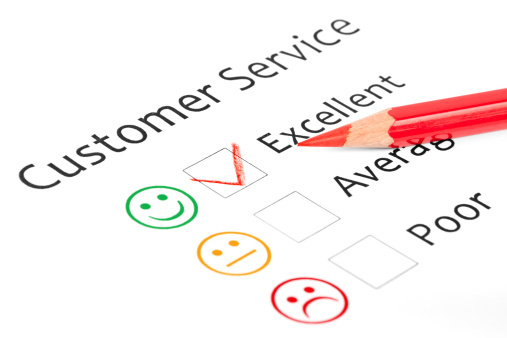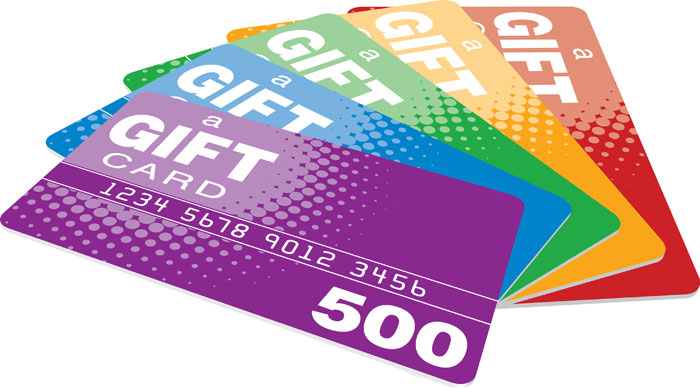Providing Excellent Customer Service To Less Than Perfect Clients
This page may contain links to Amazon.com or other sites from which I may receive commission on purchases you make after clicking on such links. Read my full Disclosure Policy

Last week, we read some valuable tips for communicating effectively with your clients. But how do you handle it when your client is unreasonable, argumentative, or even abusive? Hopefully you’ll never be in that situation, but study the ideas in today’s post and you’ll be prepared if and when it happens.

Customer service is one of the most important attributes of a business, as it can single handedly determine the reputation of your company. Although ensuring your clients are fully satisfied with your service is part of the job, it can be difficult when faced with nightmare clients who come with ridiculous demands or bad attitudes.
Difficult clients can’t be avoided, but you can be sure they are left with little reason to negatively affect your business. When faced with less than perfect clients you must learn how to take a negative situation and turn it into a positive and profitable one for your business.

Happy customers should be your #1 priority.
The Customer is (almost) Always Right
The old adage that a customer is always right still rings true, and you should do everything you can to be sure your customers leave happy with the service your business provided. When dealing with angry or difficult to please clients there a few ways to make the process go more smoothly.
- Listen. Arguing with your customer will only make a situation worse. Listen to what they have to say before you respond. If they yell, don’t yell back. Calmly try to solve their issues with patience and a genuine desire to make the customer happy.
- Compromise. There are situations when giving in to the customer’s demands or needs has a lower risk than ignoring them and chancing negative repercussions. Obviously you should know your limits, and don’t give a customer anything that will only hurt your business in the end. Usually these types of situations are a one-off and happen rarely enough that they will have little effect on anything but your sanity.
- Say goodbye. While you should do everything you can to make sure your customers have a pleasant experience, sometimes enough is enough. When you have a client who is a abusing your good will or is using verbally abusive behavior, it may be time to cut your losses and say goodbye to the customer. There are several websites that allow you to report customers who are a bad asset to small businesses everywhere.

How you handle a client’s bad behavior may affect your reputation.
Never lose your cool.
Most of the time customer service is extremely rewarding, and making your clients happy is undoubtedly a great part of the job. Patience can take you far when dealing with clients who are unreasonable, and can often times totally turn the situation around. Don’t be afraid to apologize, especially if it will solve the problem. Egos and customer service don’t combine well, so it is important to leave yours at the office door. If the stress begins to get to you, take a break or ask a colleague for help.

Patience will reap enormous benefits.
If your work takes you into your client’s home it can be more difficult to stand your ground. If you listen, learn when to compromise, and stay patient, most of your dealings will turn out well. As long as you always look at the long-term and realize that your customer’s happiness is directly linked to your company’s future, dealing with more difficult clients will be easier and less painful.
Image © Onoky / Image Source – IS09A9BH7




These are the strategies I use. Luckily I haven’t had to deal with this situation very often, and when I did in the past, it became evident that I needed to be much more clear about what my services included, and what they did not. I am much more upfront about my policies and procedures these days, and that alone has helped me weed out potential problem clients before they become actual clients where this scenario is likely to play out.
It all boils down to communication, doesn’t it? Just like I said last week in my intro to Tips for Improving Communications With Customers!
Yes, very true!
A lot of times the issue can be a simple miscommunication. Sometimes when receiving that dreaded “this doesn’t work” email after re-reading it from the customers perspective you can dig a little more into what they really mean or are after. I also find it helpful that when a customer has an issue it is best not to respond right away, but walk away, take a few deep breaths and come back refreshed! A lot of times you can turn these customers into longtime customers because of the great way you deal with the issue.
That’s a really good point, Chris. Sometimes when we receive negative feedback, whether by email or in person, our immediate reaction is to become defensive instead of really paying attention to the message, which may very well be valid and valuable to our professional growth.